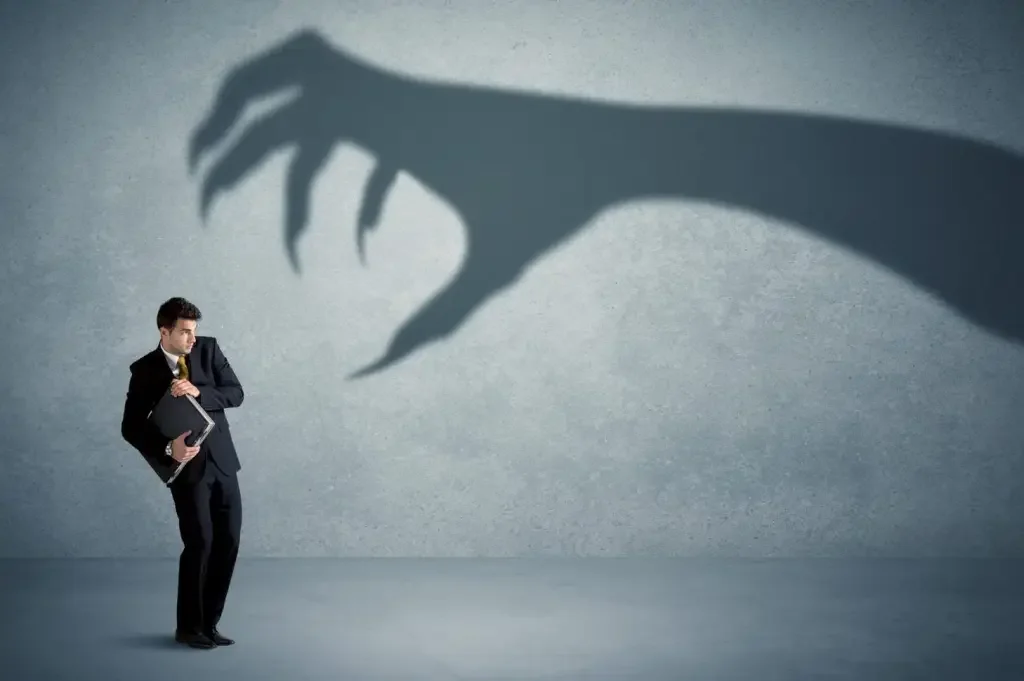In a recent interview with Veja Saúde, I had the opportunity to discuss the theme “Lose the Fear of Fear”, which I explored extensively in my first book, “Phobia: Facing with Courage.”
For this reason, I decided to delve deeper into this topic here on my blog, as I believe this information can help people like you find practical solutions to manage their fears and even phobias.
PHOBIA vs. FEAR
First and foremost, it’s essential to distinguish these two terms. Both evoke anxiety and worry; however, they differ in intensity, rationality, and the impact they have on an individual’s daily life.
The primary distinction lies in rationality and intensity: while fear is a natural and often logical emotion when faced with a tangible danger, a phobia manifests as an exaggerated, disproportionate fear, often disconnected from reality.
Why Face a Phobia?
Facing a phobia is embarking on a path filled with challenges, yet this journey offers a unique opportunity for introspection, growth, and personal transformation.
Choosing resignation in the face of intense fear can lead to a continuous cycle of avoidance, imposing significant limitations on one’s experiences and personal development. This avoidance not only perpetuates the fear but can also undermine self-esteem as the individual feels increasingly restricted by their overwhelming fears.
Thus, more than a choice, confronting a phobia is an essential step toward personal emancipation and an improved quality of life, paving the way for a future filled with greater freedom and self-confidence.
How to Face a Phobia with Courage, Practically Speaking
The first step in facing a phobia is to seek professional help, as it involves a symptom that is impairing the individual’s life. So don’t hesitate! In addition, some techniques and tips can be helpful:
- Engage in systematic desensitization, gradually and safely approaching your fear.
- Practice breathing exercises to assist during moments of crisis, such as diaphragmatic breathing.*
- Avoid consuming content that reinforces your fear, and instead, seek out real information that encourages bravery. For instance, instead of researching airplane accidents, read scientific articles that confirm the safety of air travel.
- Develop hobbies that help reduce general anxiety levels.
And finally, something very special: surround yourself with people who will support you in your journey toward courage, because the right encouragement can lead you to the right places.
I, for example, ventured into the field of phobias to help someone very special in my life. That’s why my book, “Phobia: Facing with Courage,” holds deep emotional significance.
We write motivated by and for people, making this book not just a manual on overcoming intense fears but also a compass guiding a profound process of self-discovery. True courage, as explored in the book, lies in understanding our fears and still choosing to face them.
If you’d like to try diaphragmatic breathing, follow these steps:
- Sit comfortably or lie on your back.
- Place one hand on your chest and the other on your abdomen.
- Relax your abdominal muscles. Inhale slowly through your nose until your belly rises.
- Exhale slowly through slightly parted lips, feeling your belly lower.
Repeat the process.

